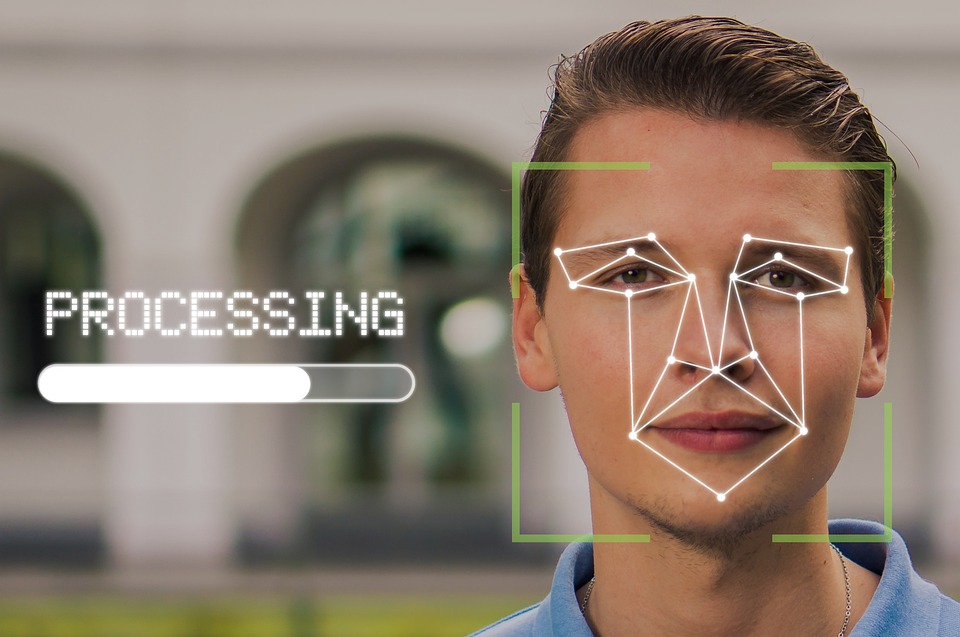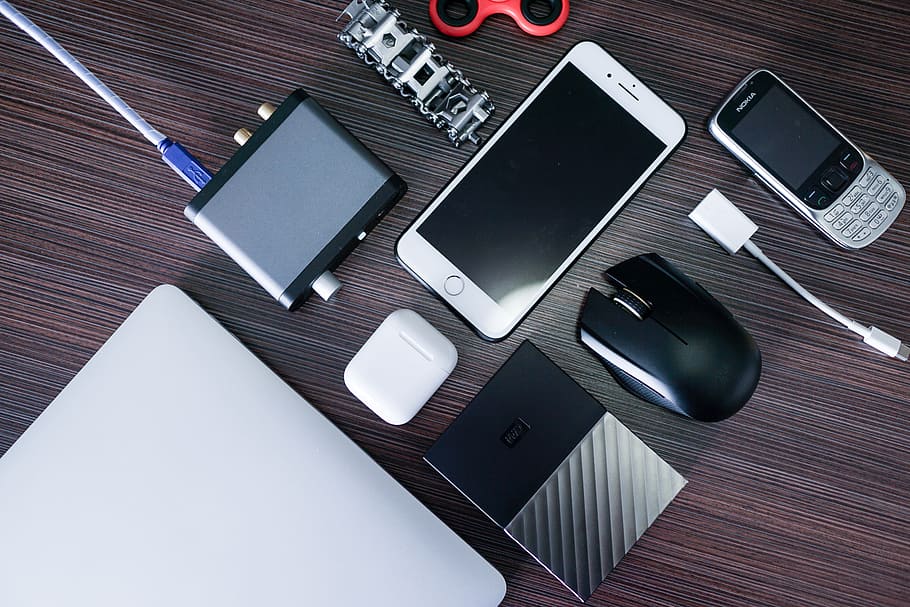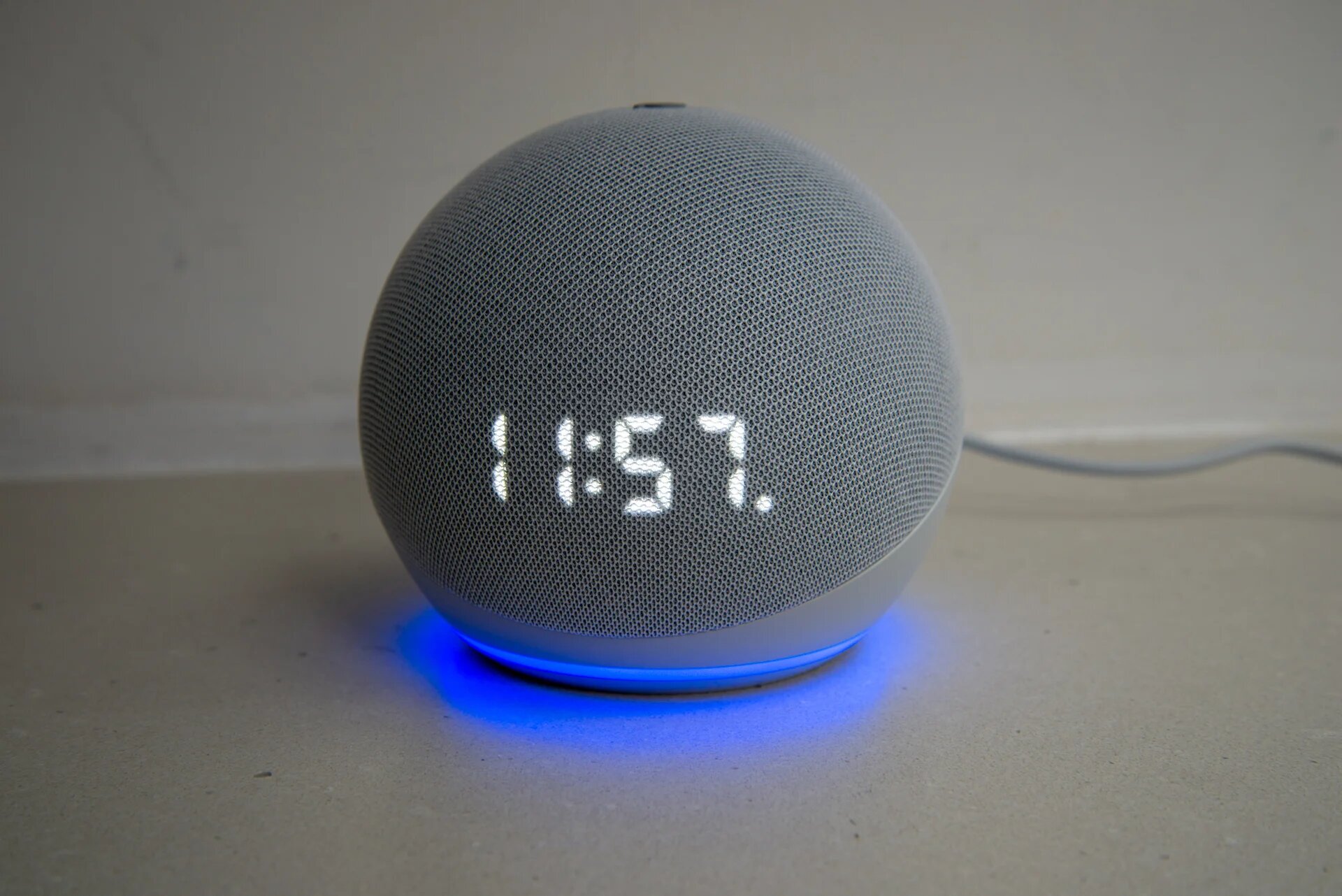These devices, as the name indicates, allow data to be input or recorded from its origin or source with little or no interference from the user. The advantages of this method are to eliminate extra handling and save time in the user entering the data, thus lowering labor cost, and reducing errors.
Source data entry reduces the number of errors that may occur during data input and eliminates the need to reenter the data. Data is supplied directly into the computer from a storage device, an application software, or a networked device. An air conditioning unit that monitors a room’s temperature; a device that maintains a consistent environment in an incubator; an altimeter in an airplane; automated downloads for various application programs; devices used in a controlled environment to maintain humidity; or devices that test the water in a pond for acidity or alkalinity are some examples of devices that use source data entry methods.
So, let’s discover more!
Biometrics

Biometrics is a type of humanbiology input device that uses a user’s bodily features to provide input to a computer system. Fingerprints, facial structure, and hands, as well as patterns in the iris of the eye, are examples of these traits.
The federal government has included biometrics into its post-9/11 security procedures. Since October 2004, the United States Department of Homeland Security has begun collecting and matching biometric data on all international visitors to the country with criminal and terror suspect database records. To obtain admission into the nation, passengers must produce two digital index finger photographs as well as a passport with a digital photograph. To far, the following biometric equipment have been used to record the physical traits listed below in order to validate a user’s identity:
- Facial Recognition Systems: Determines the distance between facial features (for example, pupil to pupil) or the size of such characteristics (such as the width of the mouth)
- Finger Scans: This test measures changes in the individual lines of the finger pad.
- Hand Geometry Scans: Determines the size of the palm as well as the length and breadth of the fingers.
- Retina Scanning: Uses a beam of light to scan the pattern of veins in the eye’s retina.
- Voice Recognition Systems: Analyze the human voice through computerized pattern-matching programs.
Barcode Readers

Barcodes are various sets of vertical bars that represent distinct sorts of data that a barcode reader may read. A barcode reader is a sort of scanner that collects the bar code and sends it to a specialist program or database for interpretation and output to a specified hardware device. Supermarkets and apparel businesses, for example, now utilize printed bar codes on items and letters to manage inventory and compute sales at the checkout counter. To track and classify mail and parcels, post offices and courier services employ bar code scanners and forms containing bar codes.
Barcodes make it easier for businesses to monitor inventory and keep stock balances in a way that allows for just-in-time sales and delivery. Barcodes often provide product information such as the product name, size, manufacturer, and country of origin. They may be adjusted to display location, time in, time out, and so on. The symbols in the bar code are translated or turned into digital code as each product bar code is scanned. Simultaneously, the stock value is automatically lowered by one.
Magnetic Ink Character Recognition (MICR)

The ‘computerized’ numbers written on the bottom of your bank checks are made of a unique magnetic ink that allows them to be scanned even if the cheque has been folded or has filthy markings on it. These digits indicate the account number, bank sort codes, and the amount on the check, and banks scan the numbers for entry using a special Magnetic ink character reader (MICR).





